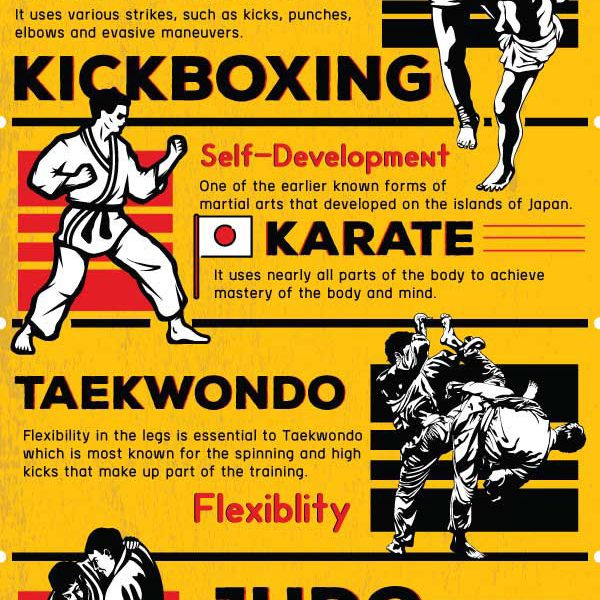Martial arts have an interesting history that extends centuries and continents. You might find it appealing how old techniques like Shuai Jiao and Kalaripayattu prepared for modern-day battle techniques. These self-controls not only emphasize physical abilities but also mirror the societies that birthed them. As you discover their evolution, take into consideration how globalization has actually transformed these typical types right into crossbreed styles. What influences do you believe have shaped today's martial arts landscape?
Ancient Martial arts: The Structures of Battle
As you explore the globe of old martial arts, you'll uncover the abundant structures that shaped battle strategies throughout societies. Very early techniques focused on Self-Defense and survival, often incorporating strikes, hurting, and weaponry.
In old China, as an example, techniques like Shuai Jiao emphasized tosses and joint locks, while India's Kalaripayattu showcased agility and liquid movement. https://smallselfdefensewoman46373.ziblogs.com/34424994/make-an-informed-decision-for-your-child-s-martial-arts-trip-by-recognizing-key-elements-that-can-shape-their-experience-and-success developed Kenjutsu, a polished swordsmanship that highlighted discipline and technique.
These martial arts offered not just for battle yet likewise as a means of individual development, instilling values like respect and determination. The mixing of these methods gradually laid the groundwork for the diverse martial arts you see today, each mirroring the one-of-a-kind philosophies and requirements of its society.
The Social Influence on Martial Arts Growth
While martial arts typically reflect the practical demands of a society, they likewise embody the social worths and beliefs of their beginnings. When you check out different martial arts, you'll notice just how they're affected by faith, philosophy, and social standards.
For karate for adults beginners near me , the emphasis on regard and discipline in Japanese martial arts stems from Zen Buddhism and samurai society. On the other hand, Brazilian Jiu-Jitsu promotes versatility and technique, formed by the requirement for performance in a varied, modern environment.
You may locate that the rituals, uniforms, and training techniques show an area's background and identification. By understanding these social influences, you grow your recognition of martial arts and their function fit human experiences around the world.
Modern Adaptations and the Globalization of Martial arts
Martial arts have changed considerably in current decades, adjusting to contemporary society and global impacts. You'll observe that traditional kinds have combined with modern techniques, developing hybrid styles like MMA. These adaptations accommodate varied target markets, making martial arts available and enticing around the world.
With the surge of social media and electronic systems, you can discover tutorials and competitions from all corners of the globe, breaking geographical barriers. This globalization has resulted in a shared recognition for various self-controls, from Brazilian Jiu-Jitsu to Taekwondo.
As https://lukastndui.livebloggs.com/40726188/a-moms-and-dad-s-overview-to-selecting-the-right-kids-martial-arts-program involve with these arts, you'll recognize they're not nearly combat; they promote health and fitness, discipline, and mental well-being.
Inevitably, modern-day adaptations have enhanced the martial arts landscape, making it a vibrant and progressing practice.
Conclusion
In exploring the history and development of martial arts, you reveal a fascinating blend of strategies, cultures, and philosophies. From ancient techniques like Shuai Jiao and Kalaripayattu to the modern-day flexibility seen in MMA, martial arts reflect humankind's mission for Self-Defense and personal development. As you engage with these practices, you not only get abilities yet additionally a much deeper recognition for the diverse traditions that form our world today. So, proceed your journey and accept the art of combat!

 Kelly Le Brock Then & Now!
Kelly Le Brock Then & Now! Traci Lords Then & Now!
Traci Lords Then & Now! Jane Carrey Then & Now!
Jane Carrey Then & Now! Christy Canyon Then & Now!
Christy Canyon Then & Now! Stephen Hawking Then & Now!
Stephen Hawking Then & Now!